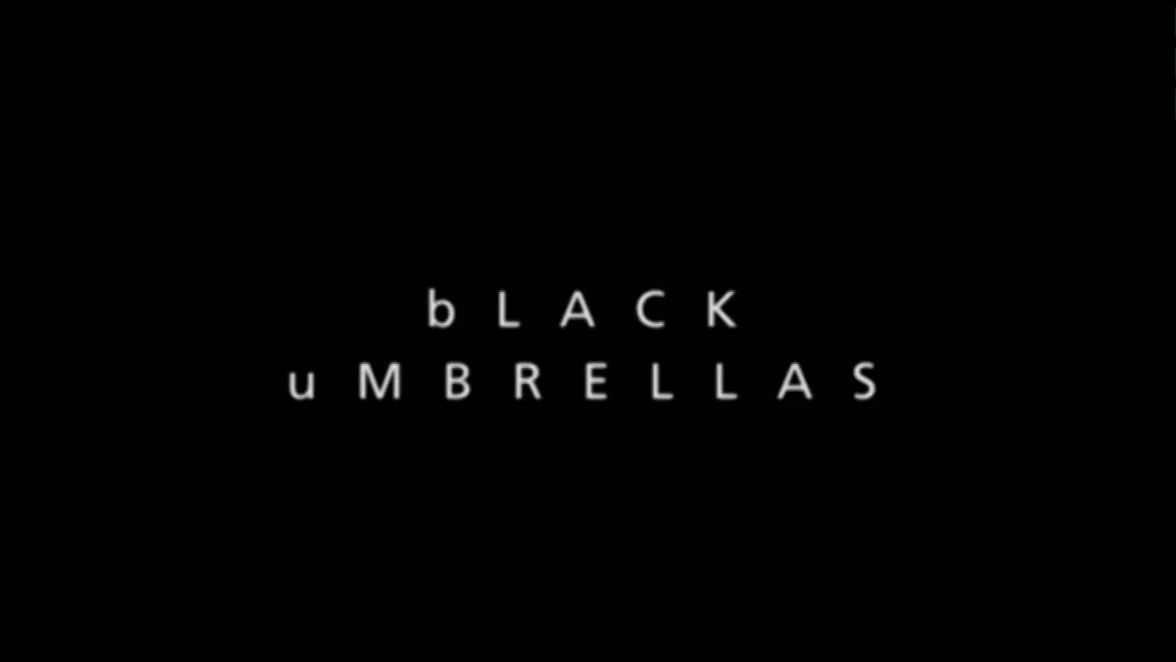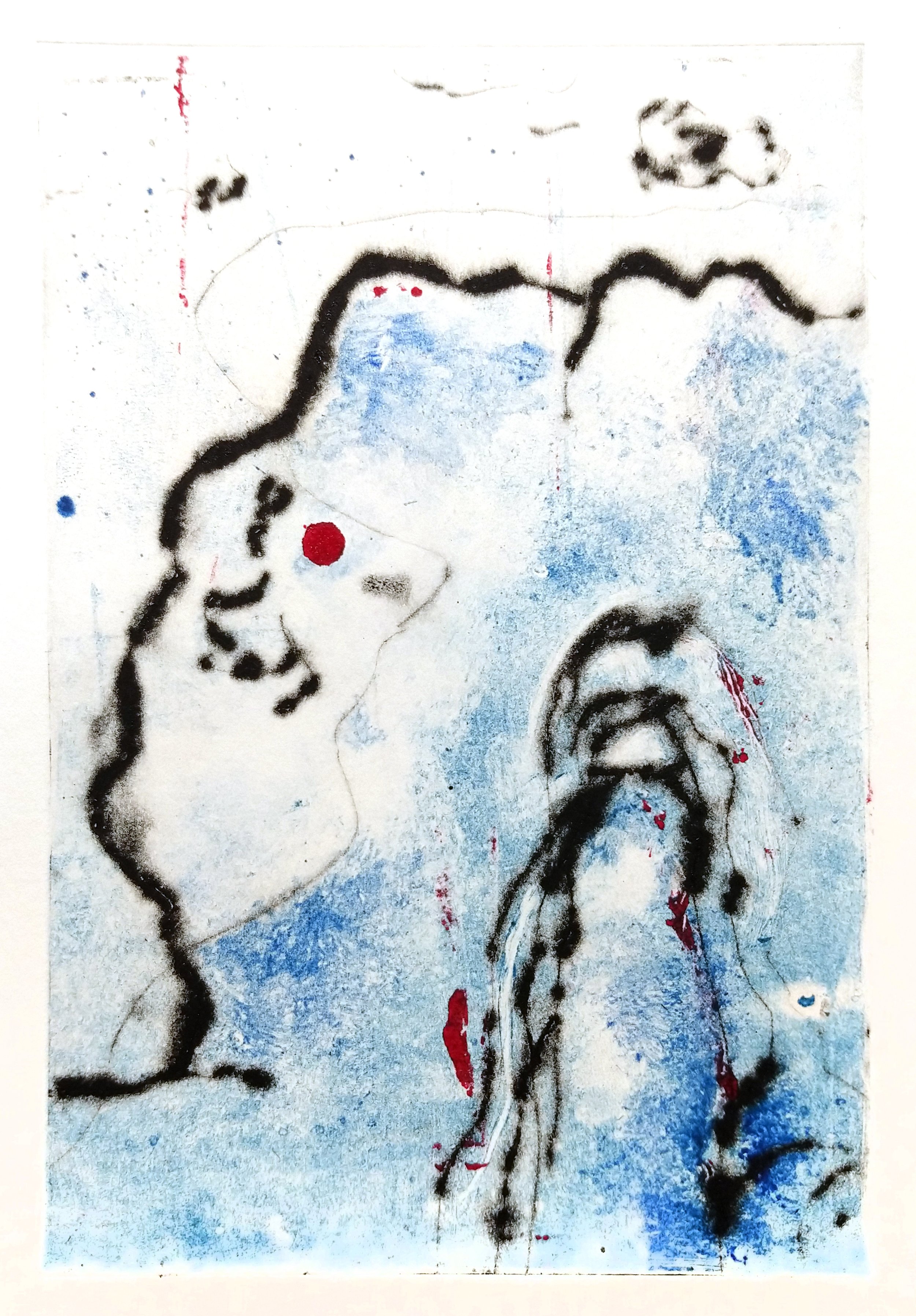JARED T STANLEY, PHD
RECENT WORK: TRANSIENCE SERIES
Images flood our world. Our conscious selves latch on to particular images to make meaning out of this transient, ever-changing world and to preserve peoples, places, and experiences as personal memory. Utilizing a televisual gaze my work explores past and potential. The televisual presence evokes history alongside liveness, nostalgia alongside achievement, spectatorship alongside participatory engagement. Images flitter and flick at an intense rate. Through the use of overlay photography, I carefully conjoin images in pause, resulting in symbolically rich fields for meaning-making. Each work is drawn from my personal observation of humanities capacity for beauty, ingenuity, and destruction.
PRINTMAKING SCHOLAR
Jared Stanley serves as Art & Design division chair at Bob Jones University in Greenville, South Carolina teaching Printmaking and Graphic Design. Stanley received a PhD in Fine Arts, Critical Studies and Artistic Practice from Texas Tech University from the School of Visual and Performing Arts. His dissertation explores the affective impact of televisual bereavement, grief, and mourning practices on a sociological and relational level. Through his hand-printed photolithographs, Stanley explores Academic and Artistic research. For his subject, Stanley draws on television and life experiences to offer a critical lens on visual sociology. For example, Stanley’s exhibition “Boxed Steel” served as a visualization of gender norms for grief through prints of televised and cinematic funerals, poetry, and performance. His work extends from printmaking to poetry, from transmedia installations to performance art.
Stanley currently serves on the steering committee for the Contemporary Print Collective, an organization dedicated to promoting and encouraging upstate printmakers while furthering printmaking education. He previously served as chair of the organization. Over the years, Stanley has participated in international print exchanges and won several awards in fine art, graphic design, and photography.
EXERCISING DOMINION: SCHOONER (2022)
Photo Composite on Paper, Light, Stainless Steel, and Sea Shells
Referencing the historic nickelodeon (Kinetoscope), peep-hole setup, this interactive work encourages investigation and play for a rewarding moment of discovery.
BOXED STEEL explores sixty years of television broadcast and cinematic funerals, while simultaneously serving as the personalization of my research into the social construction of grief. This body of work engages with two different aspects of representations of death in popular visual culture. The first addresses my personal understanding of bereavement through identification with characters, story lines, or social situations seen in popular visual media. The second questions broader cultural presentations of viewpoint and constructions of “truth” by visually juxtaposing documentations of life with representations of life.
bLACK uMBRELLAS | April 19, 2015
FOLIO GALLERY, LANDMARK ARTS
As the postmodern subject faces various life circumstances, their thought and behavior increasingly reveals the influences of external sources. The outside touches even the most difficult and intimate of topics of personal loss and grief. Doris’ statement (below) regarding the mediated nature of self addresses construction through mass media. bLACK uMBRELLAS addresses the collision of thought, the internal, and popular media, the external, prevalent throughout the grieving process.
Today’s popular culture readily engages with topics of death and mourning, particularly as themes in cinematic productions, but how often do we consider the social and personal ramifications of viewing this work? This installation draws attention to conflict that arises when the invented virtual overlays the personal, thus continuing the construction of normative bereavement through visual culture. Through this installation I seek to engage with the private and public aspects of grief, display the conflict during the construction of self, and reveal popular cultures role in this system.
Through the apparatus, a living room setting with an open doorway, the viewer wrestles with his status of viewer—the observer—and the observed—object. Rather than allowing the “poser the pleasure of inhabiting the object position” there is discomfort when second person inhabits the space (Peraino, 156). Through the text and projection, the piece also addresses colonization of thought. The viewer’s surface is being re-imaged with someone else’s “internal truths,” while the text, ingested as thought through the eye, acts as a dialogue between internal thought and external cinematic content (154). As this struggle takes place the unique—former—gives way to mass existence—latter—revealing the construction of normative bereavement through popular culture (Benjamin, 22).
“…[C]hange in subjectivity results from the increasingly mediated nature of our experience of reality, a historical consequence of the increasing pervasiveness of the mass media. Reality hence becomes de-realized, as our encounters with it are, in actuality, encounters with representations.”
GALLERY OF RECENT WORKS
STORIES IN NATURE (2022-2024)
Monoprints and Works on Paper
CONTEMPLATIONS
CRAFTED MESSAGES
Photo Etching/Litho/Letterpress/Serigraphy
TRANSIENCE (2017)
BOXED STEEL (2015-2016)
Worlds apart (2013)
CONVEYANCE (2006-2014)
ECONOMICA (2008)
Albeit challenging, the economic crisis of 2008 in light of historical atrocities is an ephemeral development. Waves of growth will soon follow and, while many will still feel the impact of the subprime lending debacle perpetrated by many including the Lehman Brothers, the hazardous morals evinced by such selfishness bares little resemblance to war atrocities or acts against humanity, the fallout has been treated as like in kind.
Drawing completed on stone litho and printed on kitakata paper. Scanned and projected at 20 feet wide. Projector placed on floor to situate the viewers in the scene as they interrupt the broadcast image.











































![jstanley_JehovahRapha[10581].jpg](https://images.squarespace-cdn.com/content/v1/59db898fa9db09b4b05a16c0/1735324197592-S01Y3FH7O61R9D0WW4MW/jstanley_JehovahRapha%5B10581%5D.jpg)





































































